Lee Miller at the Tate: a ‘sexy yet devastating’ show
The ‘revelatory’ exhibition tells the photographer’s story ‘through her own impeccable eye’
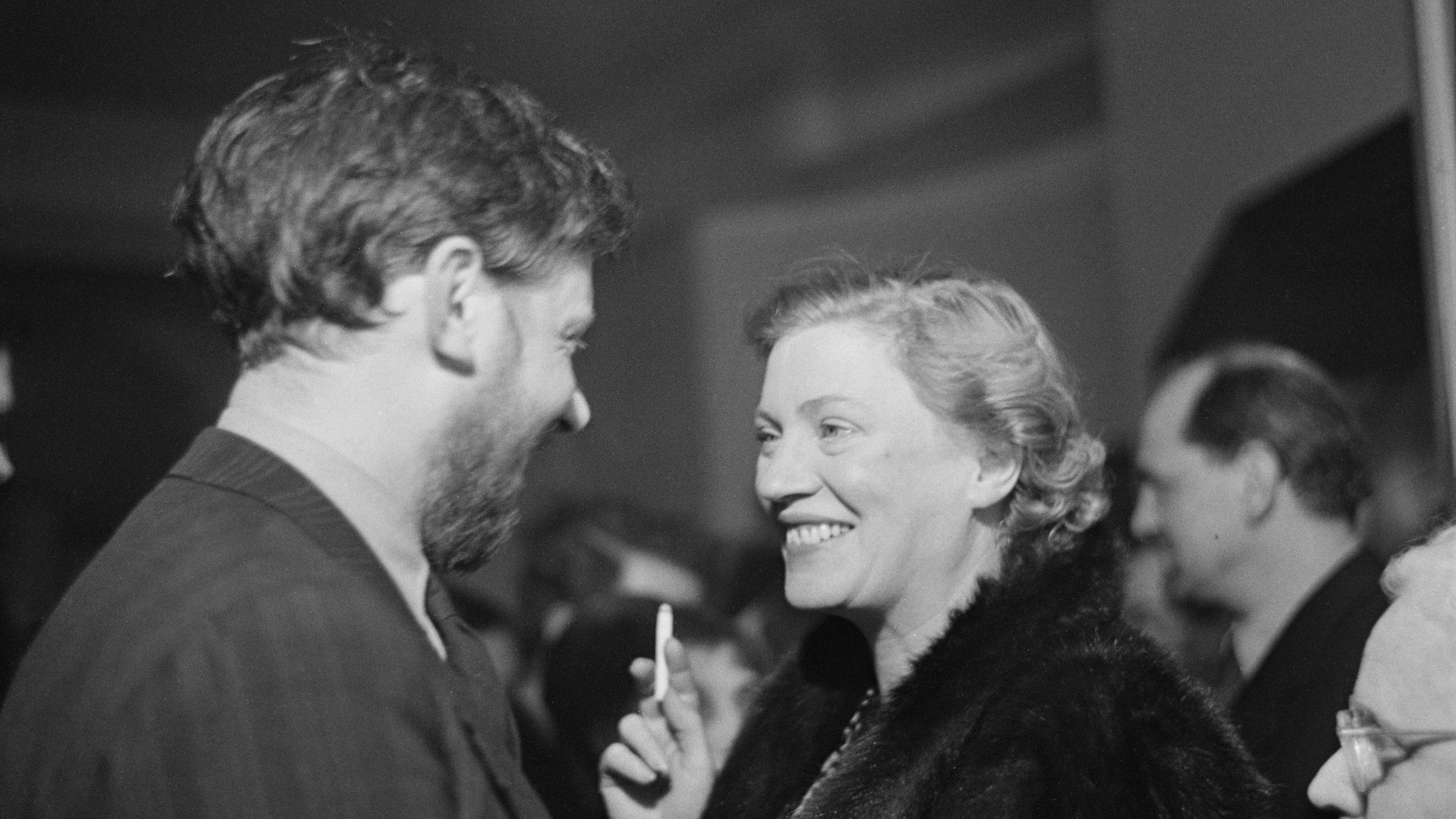
It’s difficult to imagine “a more compelling biography” than that of Lee Miller, said Alastair Sooke in The Daily Telegraph. Born in upstate New York in 1907, she found fame as “an androgynous fashion model” in 1920s Manhattan, but soon decided (as she put it) that she would “rather take a picture than be one”. Her next act saw her decamp to Paris, where she became involved with the city’s flourishing modern art scene, falling in love and then collaborating with the surrealist photographer Man Ray.
But Miller was an artist in her own right: an unsettling, surrealist-tinged photographer, and a celebrated wartime photojournalist who captured everything from the London Blitz to the liberation of Dachau. One much-reproduced portrait, taken by her colleague David E. Scherman the day Hitler’s death was announced, pictured her in the bathtub of the dictator’s Munich apartment. This show is the biggest retrospective ever devoted to Miller’s singular talent in this country, bringing together around 230 exhibits that trace her career from start to finish. Featuring some deathless images, it’s a “sexy yet devastating” show that does justice to her art while keeping her “scintillating life story front and centre”.
The exhibition recounts Miller’s story “through her own impeccable eye”, said India Block in The London Standard. We begin with a gallery documenting her brief but stellar modelling career, in the course of which she posed for many famous photographers: Edward Steichen, for example, would sell a portrait of her to Kotex, making her “the unwitting face of sanitary pads”. But things really warm up once Miller arrives in Paris, where she honed her eye for the city’s “unusual and macabre” side: she records an oil slick on a pavement, “rats with tails dangling in a row”, a hand against scratched glass, creating “the illusion of an explosion”. A particularly sinister image sees a dissected human breast “plated up against a chequered tablecloth”; Miller was moonlighting as a surgical photographer, and made use of the result of a mastectomy for the prop.
The Week
Escape your echo chamber. Get the facts behind the news, plus analysis from multiple perspectives.

Sign up for The Week's Free Newsletters
From our morning news briefing to a weekly Good News Newsletter, get the best of The Week delivered directly to your inbox.
From our morning news briefing to a weekly Good News Newsletter, get the best of The Week delivered directly to your inbox.
There’s plenty of celebrity glamour here, said Mark Hudson in The Independent. Miller apparently “knew everyone” in Paris, her famous friends included Picasso, Charlie Chaplin and Jean Cocteau – all of whom we see here in photographic portraits. But in the aftermath of the Second World War, she married the British surrealist Roland Penrose and moved to London. If anything, that conflict only amped up the oddness of her pictures: she staged fashion shoots in the rubble of Blitzed-out London and, from 1944, chronicled the US army’s march through Europe as an official photographer. Some of the scenes she recorded are genuinely shocking: an “angelic female figure” pictured in 1945 is in fact the corpse of a German girl who had been given cyanide as Allied forces approached; American soldiers are seen peering at an emaciated corpse at Dachau, their faces registering not horror but “bombed-out resignation”.
Throughout, her “unflappably cool eye” never deserts her. The strain began to show after the War, however: she all but abandoned art, succumbing to “alcoholism and depression” and dying in 1977. I’m not sure this exhibition entirely succeeds in isolating Miller’s work from her status as an “iconic beauty and muse”, but it is “revelatory” nonetheless.
Tate Britain, London SW1. Until 15 February
A free daily email with the biggest news stories of the day – and the best features from TheWeek.com
-
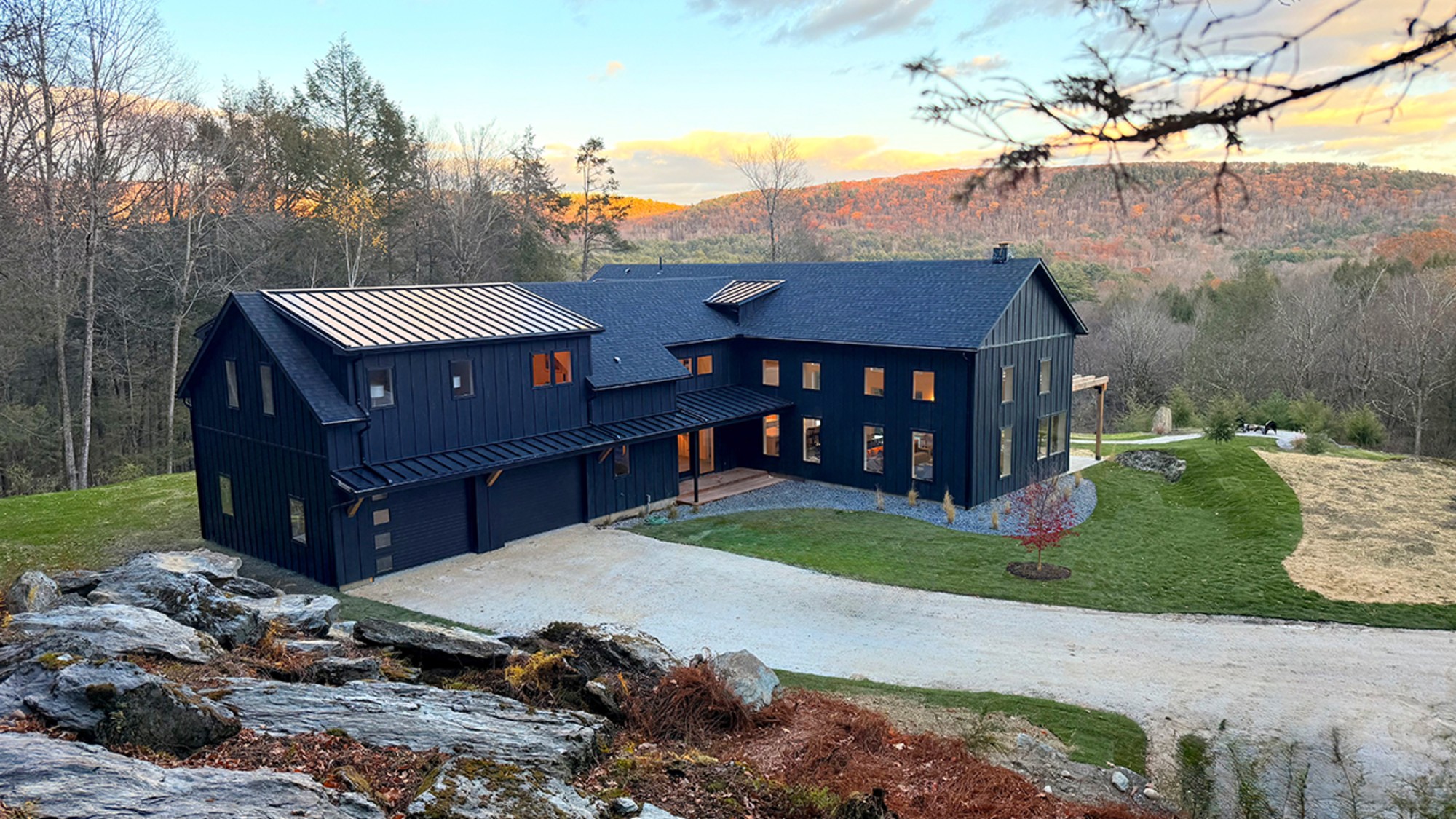 Homes with great fireplaces
Homes with great fireplacesFeature Featuring a suspended fireplace in Washington and two-sided Parisian fireplace in Florida
-
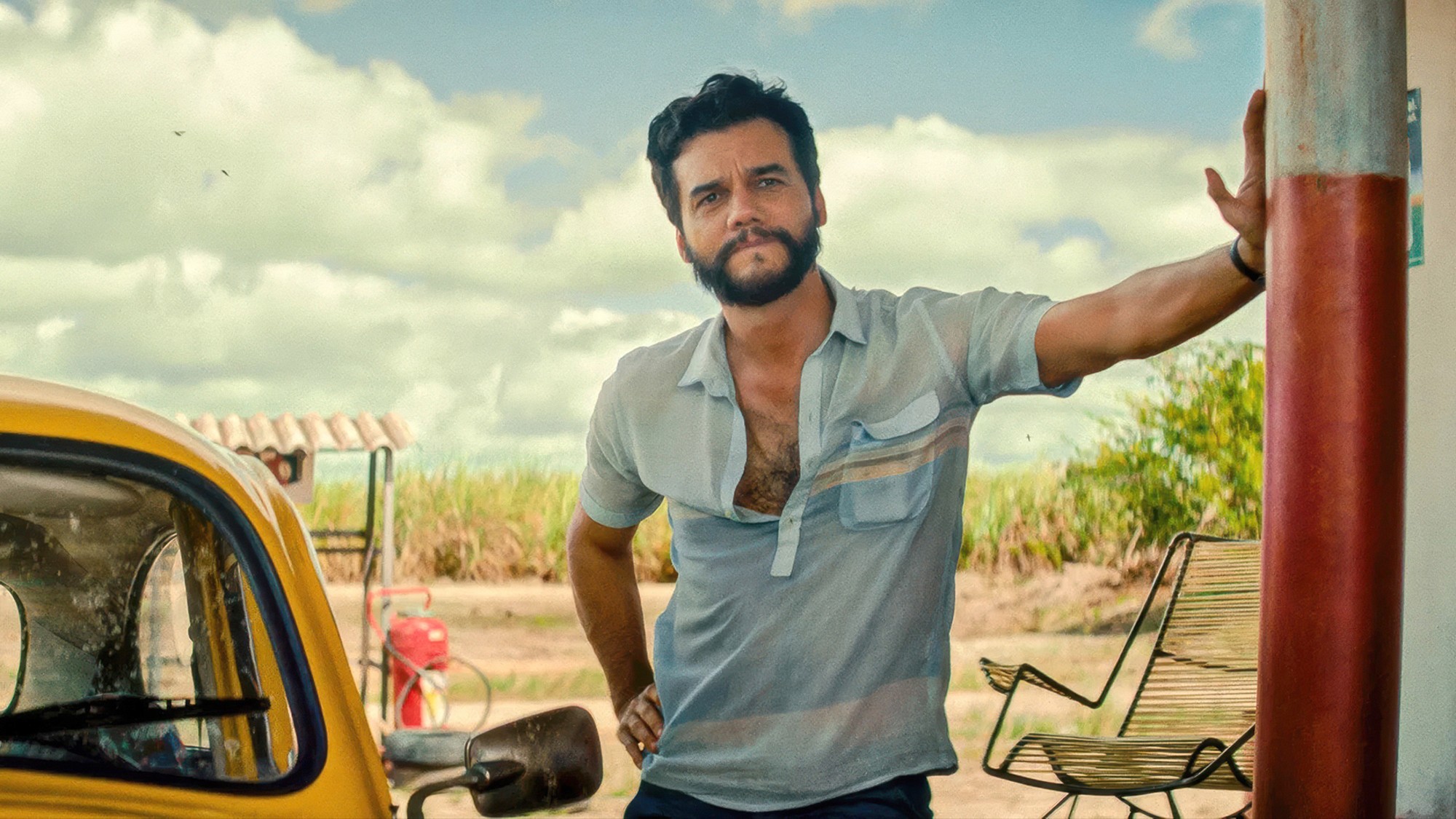 Film reviews: ‘The Secret Agent’ and ‘Zootopia 2’
Film reviews: ‘The Secret Agent’ and ‘Zootopia 2’Feature A Brazilian man living in a brutal era seeks answers and survival and Judy and Nick fight again for animal justice
-
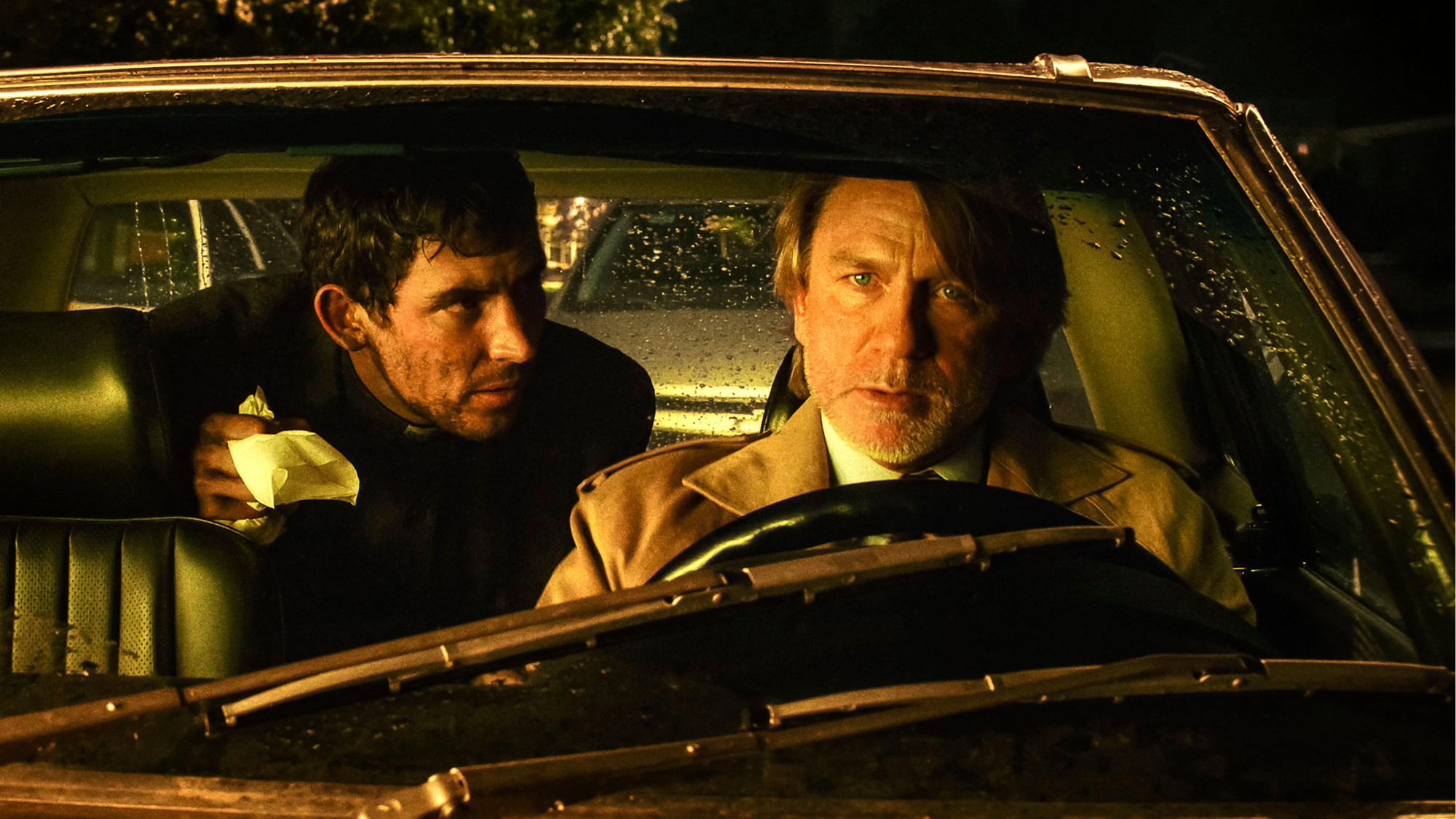 Wake Up Dead Man: ‘arch and witty’ Knives Out sequel
Wake Up Dead Man: ‘arch and witty’ Knives Out sequelThe Week Recommends Daniel Craig returns for the ‘excellent’ third instalment of the murder mystery film series
-
 Zootropolis 2: a ‘perky and amusing’ movie
Zootropolis 2: a ‘perky and amusing’ movieThe Week Recommends The talking animals return in a family-friendly sequel
-
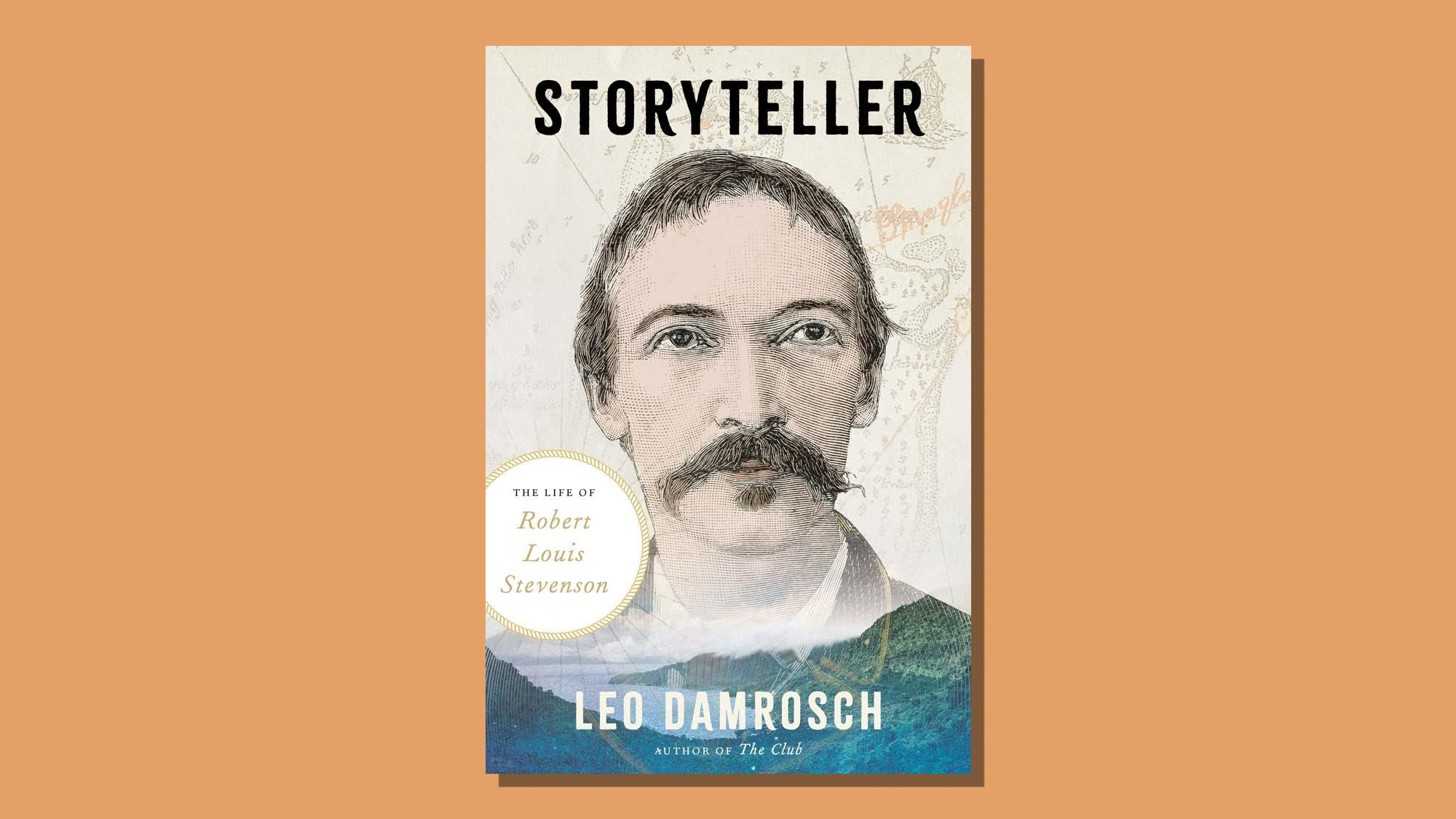 Storyteller: a ‘fitting tribute’ to Robert Louis Stevenson
Storyteller: a ‘fitting tribute’ to Robert Louis StevensonThe Week Recommends Leo Damrosch’s ‘valuable’ biography of the man behind Treasure Island
-
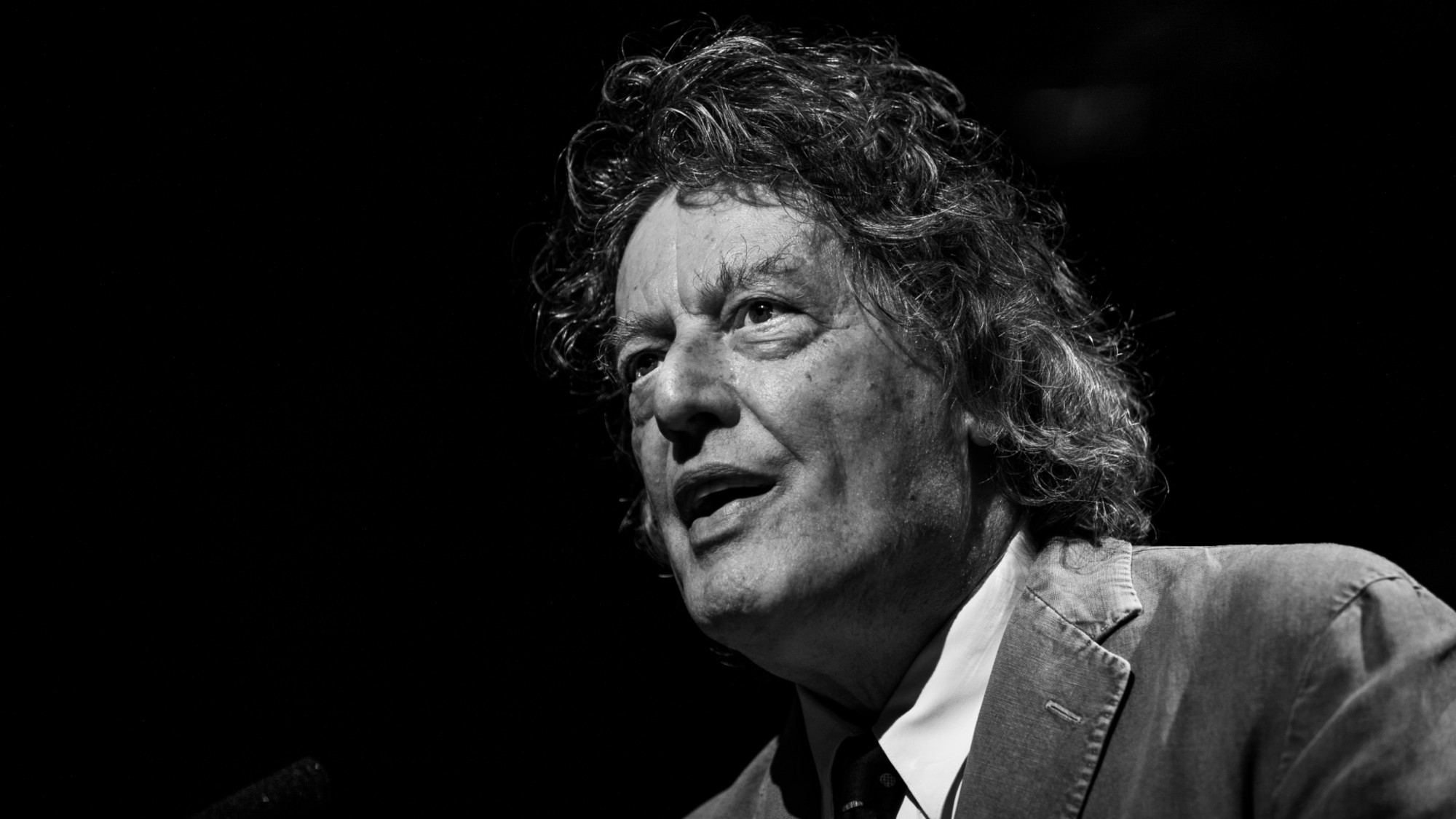 The rapid-fire brilliance of Tom Stoppard
The rapid-fire brilliance of Tom StoppardIn the Spotlight The 88-year-old was a playwright of dazzling wit and complex ideas
-
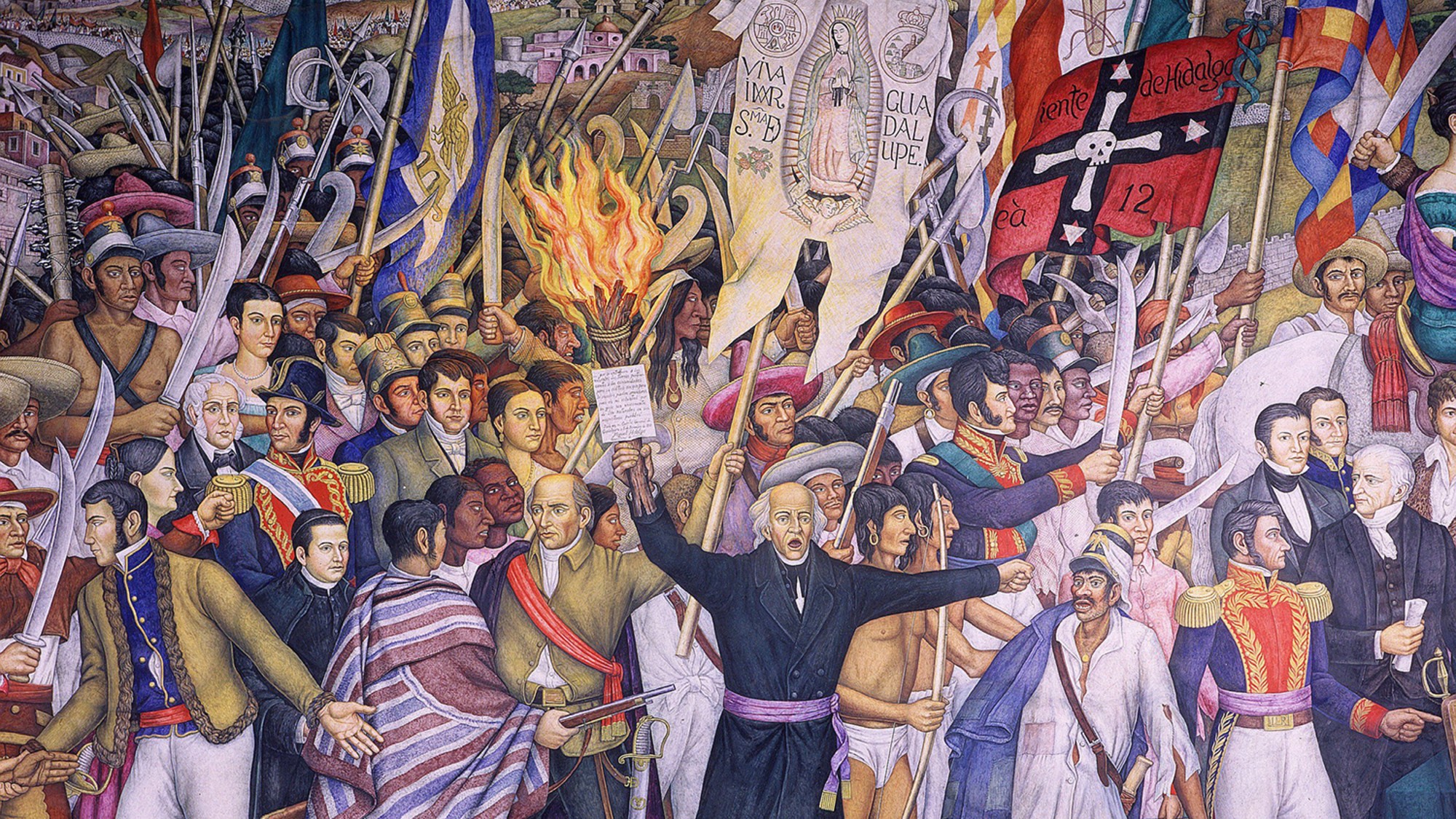 ‘Mexico: A 500-Year History’ by Paul Gillingham and ‘When Caesar Was King: How Sid Caesar Reinvented American Comedy’ by David Margolick
‘Mexico: A 500-Year History’ by Paul Gillingham and ‘When Caesar Was King: How Sid Caesar Reinvented American Comedy’ by David Margolickfeature A chronicle of Mexico’s shifts in power and how Sid Caesar shaped the early days of television
-
 Homes by renowned architects
Homes by renowned architectsFeature Featuring a Leonard Willeke Tudor Revival in Detroit and modern John Storyk design in Woodstock


